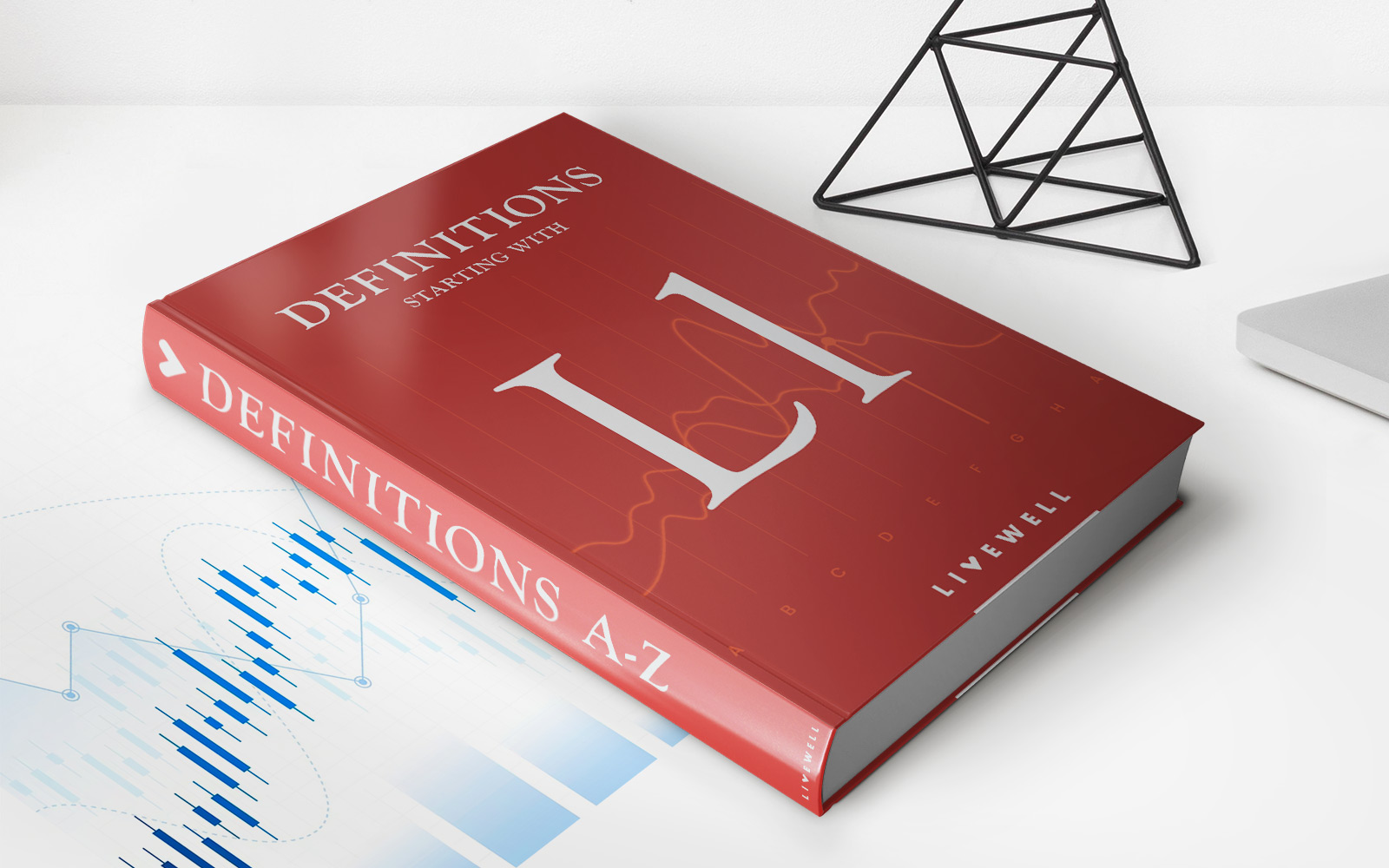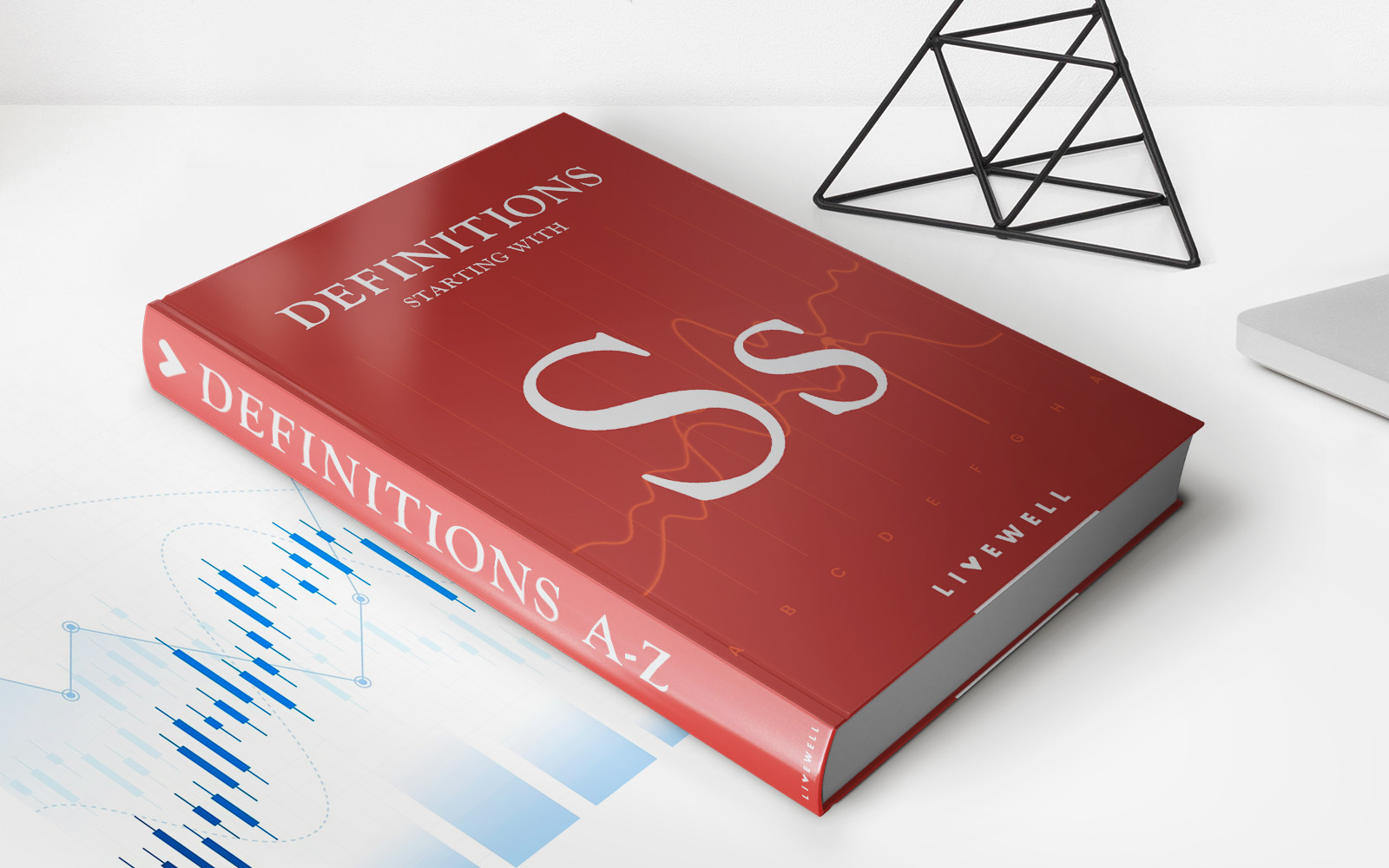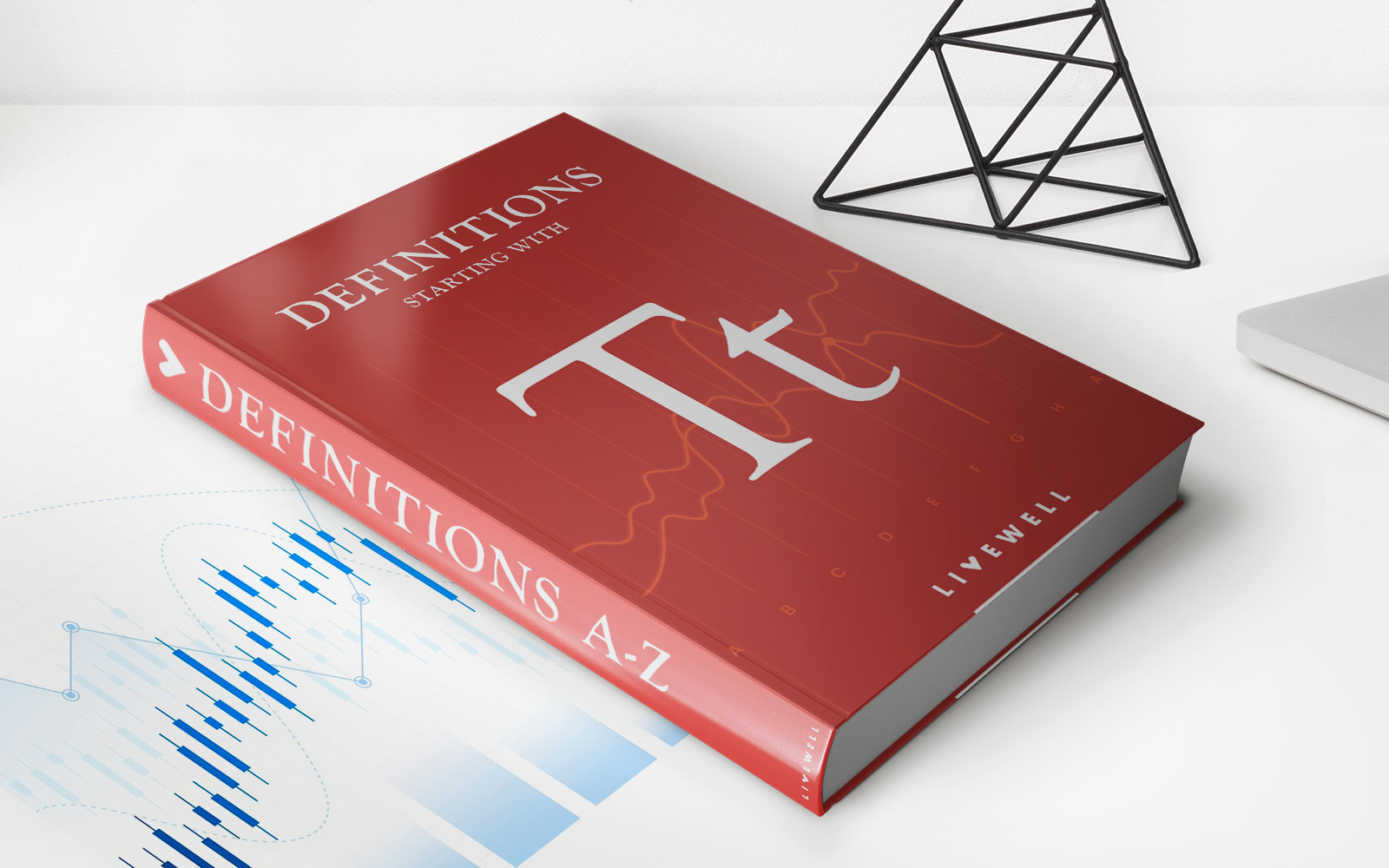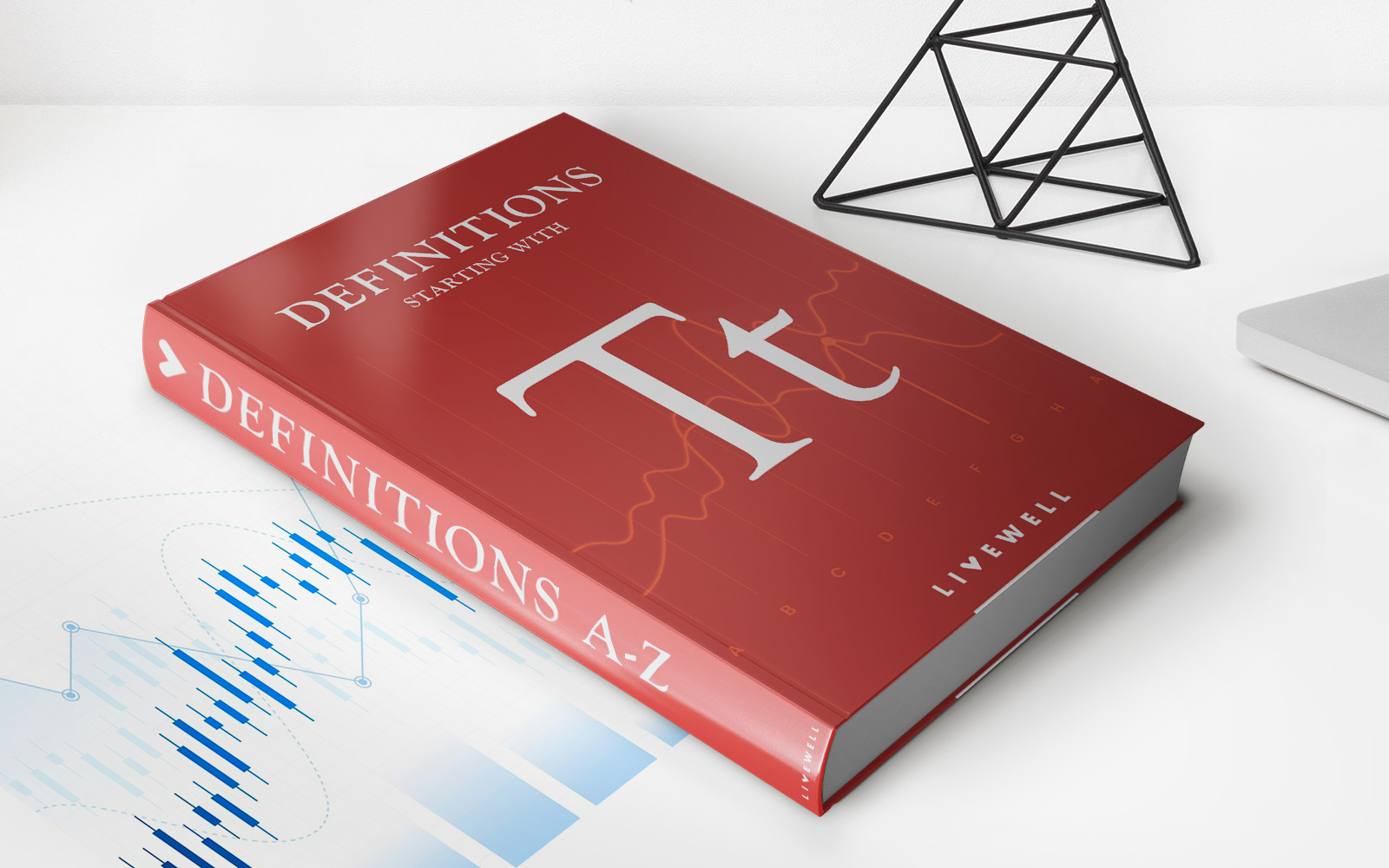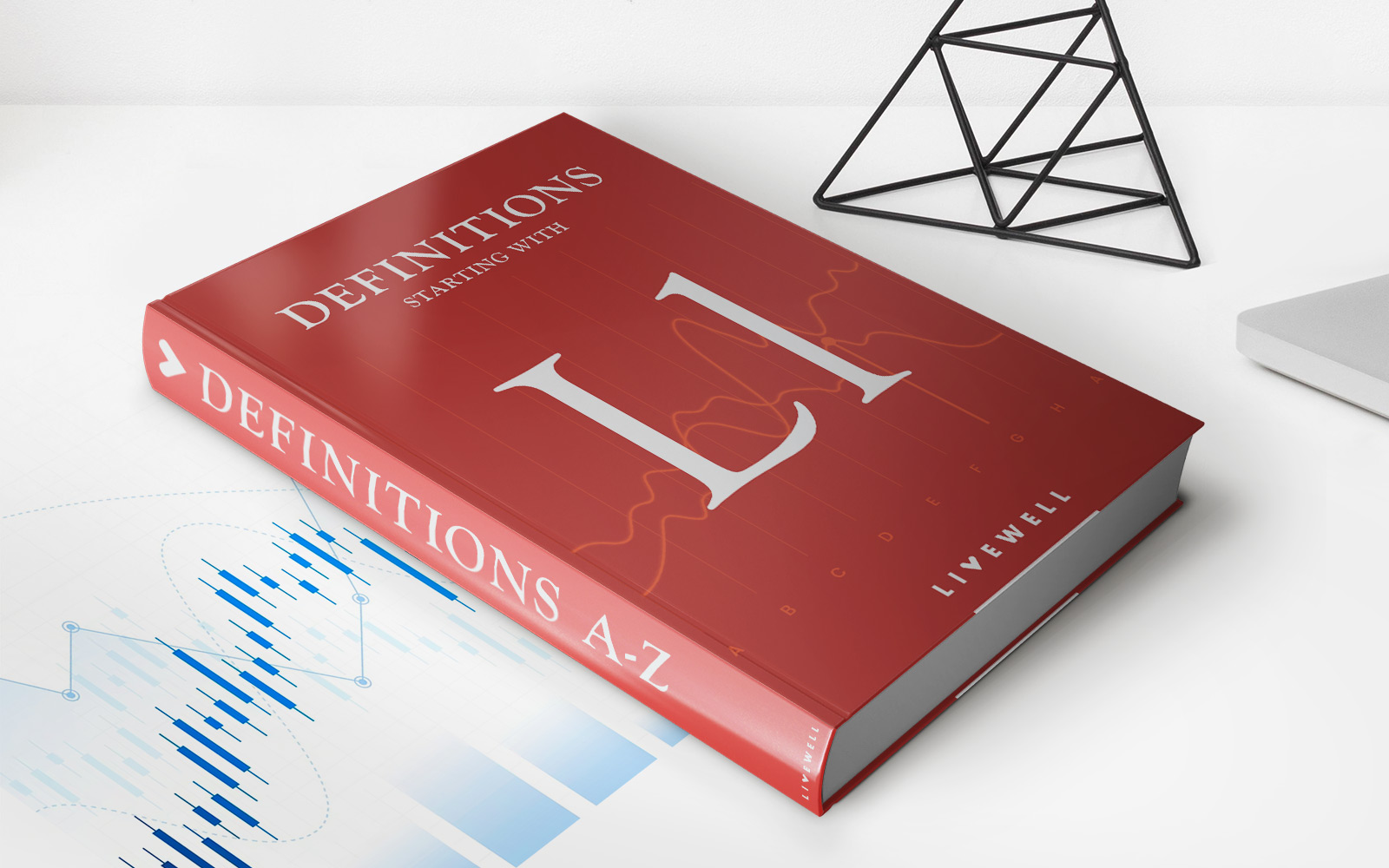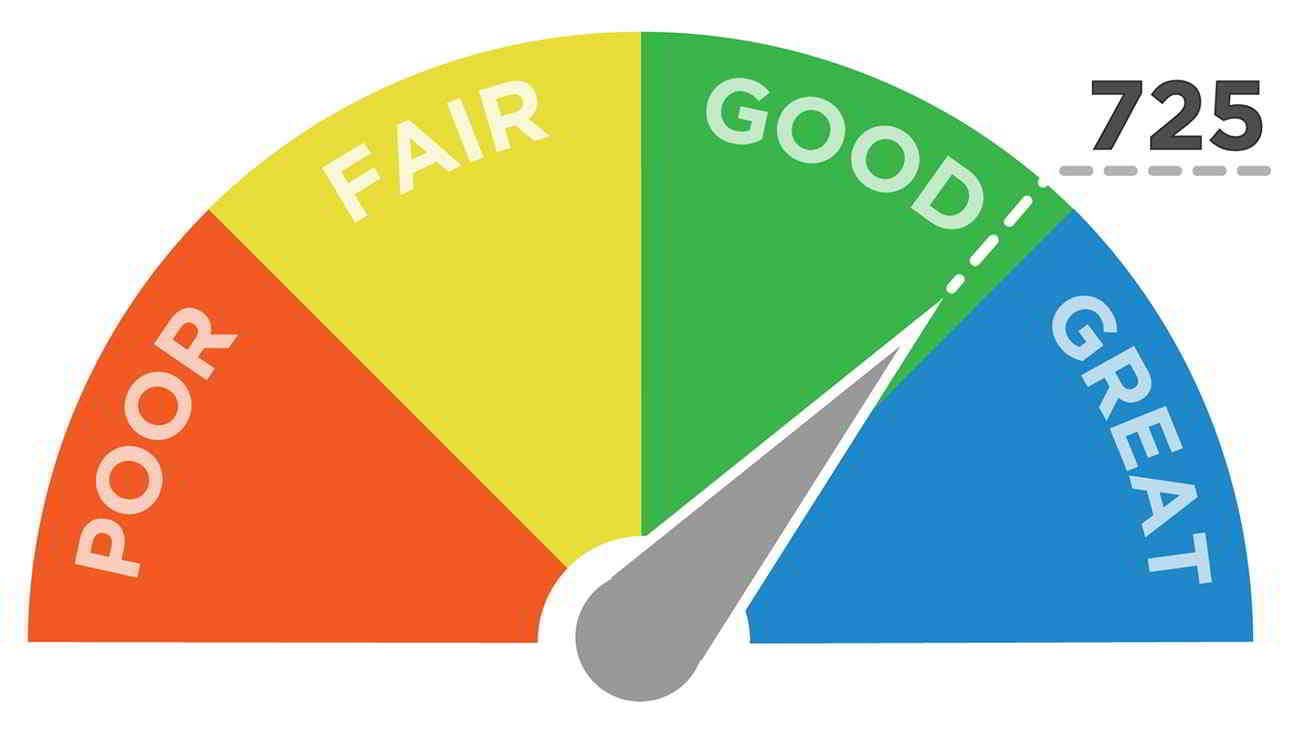Home>Finance>Level 3 Assets: Definition, Examples, Vs. Level 1 And Level 2
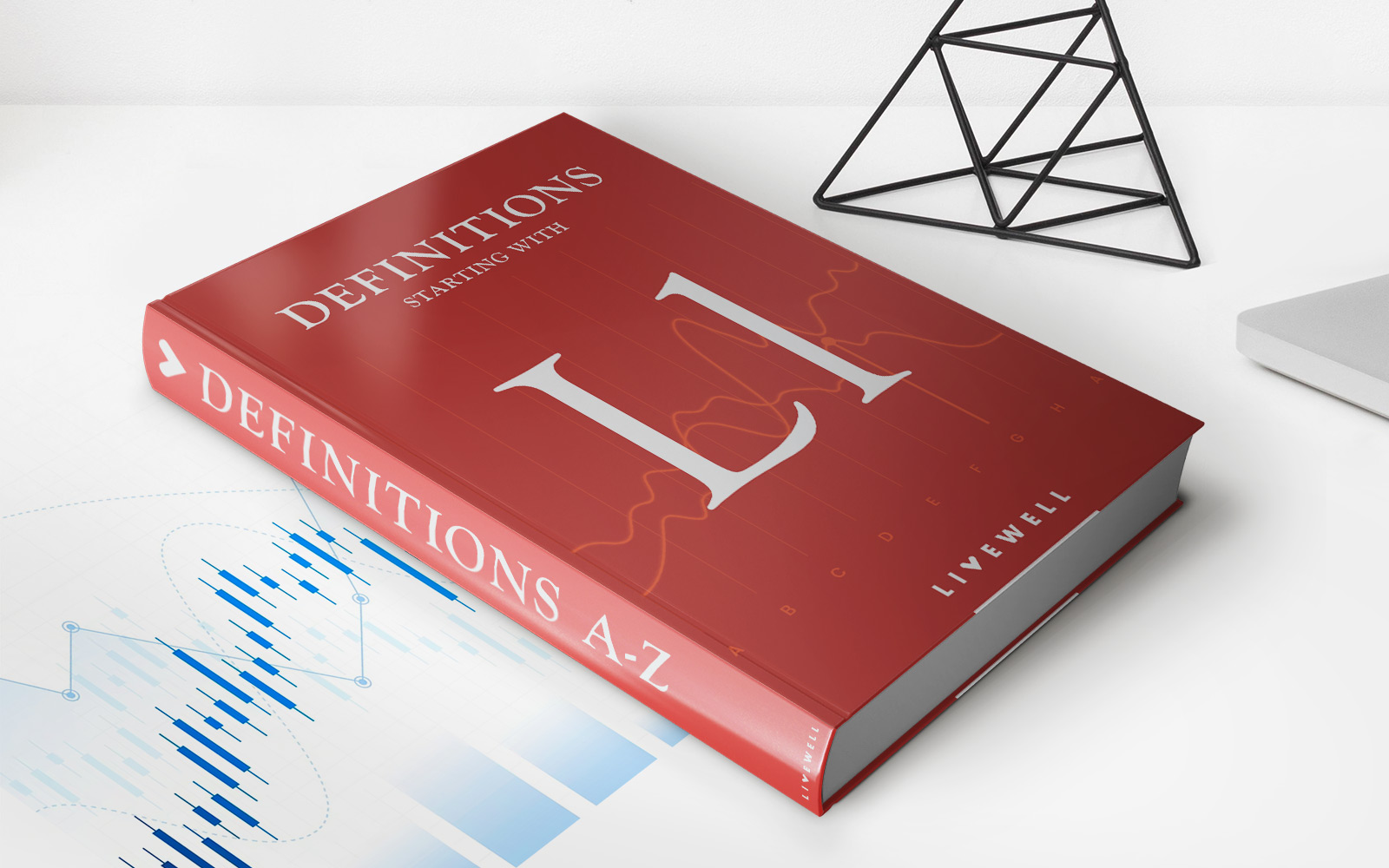

Finance
Level 3 Assets: Definition, Examples, Vs. Level 1 And Level 2
Published: December 17, 2023
Learn about level 3 assets in finance, including their definition, examples, and how they compare to level 1 and level 2 assets in the industry.
(Many of the links in this article redirect to a specific reviewed product. Your purchase of these products through affiliate links helps to generate commission for LiveWell, at no extra cost. Learn more)
Demystifying Level 3 Assets in Finance
When it comes to finance, there are various levels of asset classification. One such classification is Level 3 assets, which can sometimes be confusing for investors and financial professionals. In this blog post, we will uncover the definition, examples, and differences between Level 3 assets and their counterparts, Level 1 and Level 2. So, let’s dive in!
Key Takeaways:
- Level 3 assets are classified based on their low liquidity and reliance on subjective inputs, making them the most difficult to value.
- Unlike Level 1 and Level 2 assets, Level 3 assets do not have readily available market prices and require the use of complex models and assumptions for valuation.
Understanding Level 3 Assets
Level 3 assets, also known as unobservable inputs, are financial instruments that have the least amount of market liquidity and rely heavily on the use of subjective inputs for valuation. These assets are typically valued using internal models or third-party methodologies, incorporating assumptions and judgments that might not be easily validated or verified.
In simpler terms, Level 3 assets are harder to value compared to Level 1 and Level 2 assets because they lack active market pricing and require significant professional judgment. They are often considered illiquid or difficult to sell due to their complexity or limited trading activity.
While Level 1 and Level 2 assets have readily available market prices and can be easily valued, Level 3 assets are typically unique and have significant differences from similar assets, making their valuation more subjective.
Examples of Level 3 Assets
Level 3 assets can encompass a wide range of financial instruments, including but not limited to:
- Complex Derivatives: such as exotic options, credit default swaps (CDS), or collateralized debt obligations (CDOs).
- Private Investments: including private equity funds, venture capital investments, or hedge funds with limited trading activity.
- Real Estate Holdings: such as commercial properties, land, or development projects with uncertain market prices.
- Illiquid Securities: like restricted stocks, promissory notes, or certain types of debt instruments that are difficult to trade.
Level 3 Vs. Level 1 and Level 2 Assets
To better understand Level 3 assets, let’s briefly discuss their differences compared to Level 1 and Level 2 assets:
Level 1 Assets:
Level 1 assets are financial instruments that have quoted market prices in active markets. Examples of Level 1 assets include publicly traded stocks, bonds, or exchange-traded funds (ETFs). These assets are relatively easier to value since their market prices are readily available.
Level 2 Assets:
Level 2 assets are financial instruments that do not have active market prices but can be valued using observable inputs. Examples of Level 2 assets include certain types of fixed-income securities or derivatives with quoted prices that may not reflect market conditions. Though not as liquid as Level 1 assets, Level 2 assets are more easily valued compared to Level 3 assets.
In contrast to Level 1 and Level 2 assets, Level 3 assets require the most judgment and assumption-based valuation methods due to their lack of market liquidity and reliance on unobservable inputs.
Wrapping Up
Level 3 assets pose unique challenges for investors and financial professionals due to their illiquid nature and subjective valuation techniques. Understanding the intricacies of these assets is crucial to effectively managing investment portfolios and assessing their risks.
Remember, Level 3 assets are classified based on their low liquidity and reliance on subjective inputs for valuation. They are the hardest to value compared to Level 1 and Level 2 assets, which have readily available market prices or observable inputs.
So, the next time you come across Level 3 assets, you’ll have a better understanding of what they are and how they differ from their counterparts in the world of finance.
